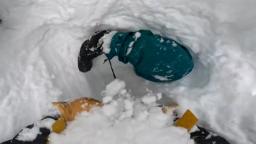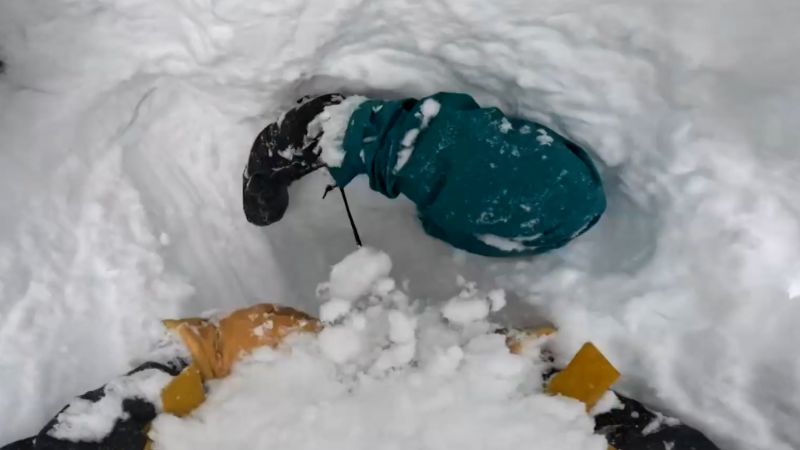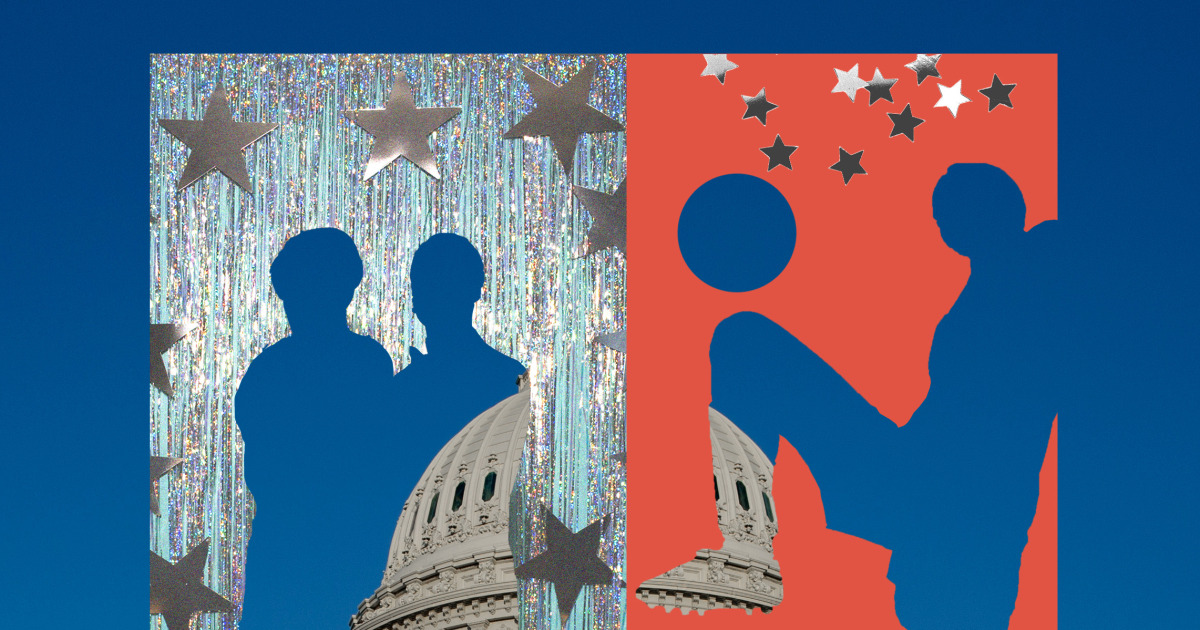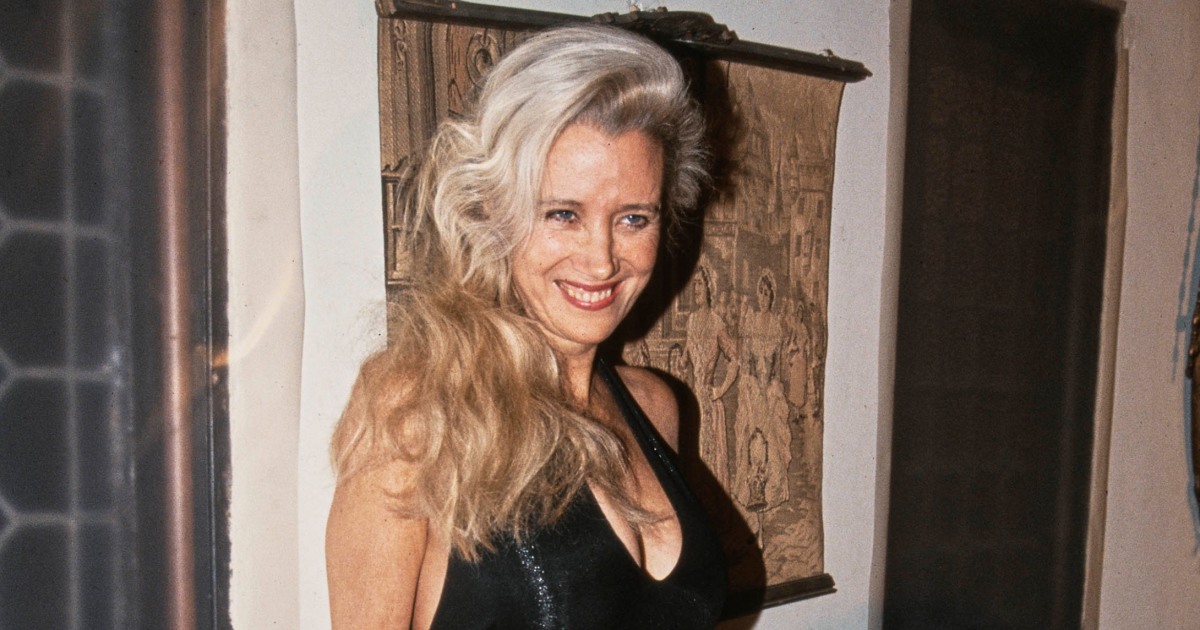
A snowboarder got buried upside down in snow. See skier’s quick reaction.
Skier Francis Zuber sprang into action when he noticed a snowboarder had become trapped upside down in a tree well. Zuber, whose reaction has been applauded as a textbook example of what to do in such a situation, urged others to take up rescue courses.




